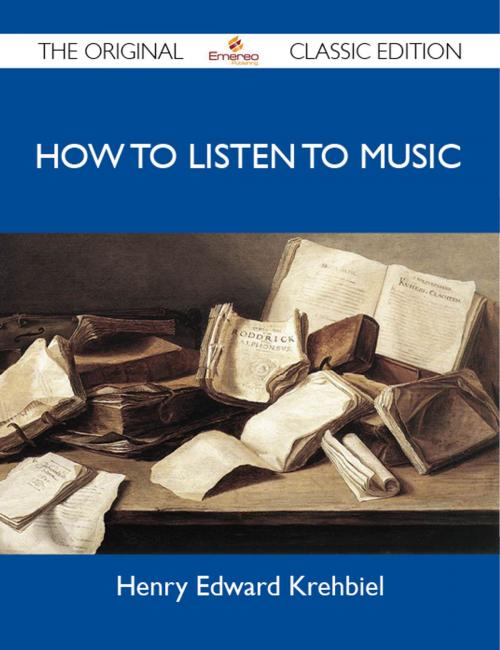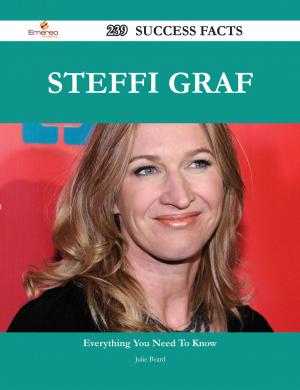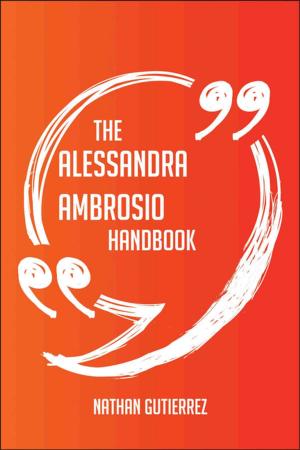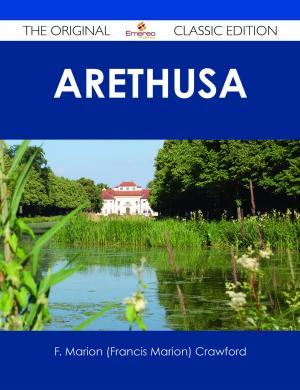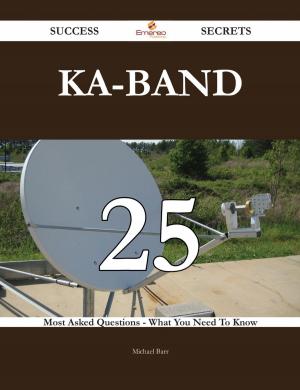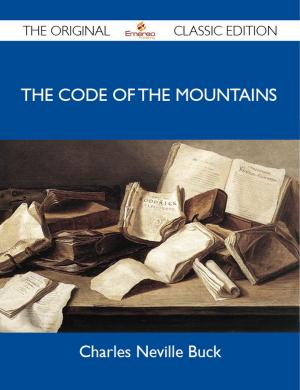How To Listen To Music - The Original Classic Edition
Nonfiction, Reference & Language, Reference, Fiction & Literature| Author: | Krehbiel Henry | ISBN: | 9781486418824 |
| Publisher: | Emereo Publishing | Publication: | October 24, 2012 |
| Imprint: | Emereo Publishing | Language: | English |
| Author: | Krehbiel Henry |
| ISBN: | 9781486418824 |
| Publisher: | Emereo Publishing |
| Publication: | October 24, 2012 |
| Imprint: | Emereo Publishing |
| Language: | English |
This is a new and freshly published edition of this culturally important work by Henry Edward Krehbiel, which is now, at last, again available to you.
Enjoy this classic work today. These selected paragraphs distill the contents and give you a quick look inside How To Listen To Music:
Purpose and scope of this book-Not written for professional musicians, but for untaught lovers of the art-neither for careless seekers after diversion unless they be willing to accept a higher conception of what entertainment means-The capacity properly to listen to music as a touchstone of musical talent-It is rarely found in popular concert-rooms-Travellers who do not see and listeners who do not hear-Music is of all the arts that which is practised most and thought about least-Popular ignorance of the art caused by the lack of an object for comparison-How simple terms are confounded by literary men-Blunders by Tennyson, Lamb, Coleridge, Mrs.
...The dual nature of music-Sense-perception, fancy, and imagination-Recognition of Design as Form in its primary stages-The crude materials of music-The co-ordination of tones-Rudimentary analysis of Form-Comparison, as in other arts, not possible-Recognition of the fundamental elements-Melody, Harmony, and [Pg x]Rhythm-The value of memory-The need of an intermediary-Familiar music best liked-Interrelation of the elements-Repetition the fundamental principle of Form-Motives, Phrases, and Periods-A Creole folk-tune analyzed-Repetition at the base of poetic forms-Refrain and Parallelism-Key-relationship as a bond of union-Symphonic unity illustrated in examples from Beethoven-The C minor symphony and Appassionata sonata-The Concerto in G major-The Seventh and Ninth symphonies.
...How far it is necessary for the listener to go into musical philosophy-Intelligent hearing not conditioned upon it-Mans individual relationship to the art-Musicians proceed on the theory that feelings are the content of music-The search for pictures and stories condemned-How composers hear and judge-Definitions of the capacity of music by Wagner, Hauptmann, and Mendelssohn-An utterance by Herbert Spencer-Music as a language-Absolute music and Programme music-The content of all true art works-Chamber music-Meaning and origin of the term-Haydn the servant of a Prince-The characteristics of Chamber music-Pure thought, lofty imagination, and deep learning-Its chastity-Sympathy between performers and listeners essential to its enjoyment-A correct definition of Programme music-Programme music defended-The value of titles and superscriptions-Judgment upon it must, however, go to the music, not the commentary-Subjects that are unfit for music-Kinds of Programme music-Imitative music-How the music of birds has been utilized-The cuckoo of nature and Beethovens cuckoo-Cock and hen in a seventeenth century composition-Rameaus pullet-The German quail-Music that is descriptive by suggestion-External and internal attributes-Fancy and Imagination-Harmony and the major [Pg xi]and minor mode-Association of ideas-Movement delineated-Handels frogs-Water in the Hebrides overture and Ocean symphony-Height and depth illustrated by acute and grave tones-Beethovens illustration of distance-His rule enforced-Classical and Romantic music-Genesis of the terms-What they mean in literature-Archbishop Trench on classical books-The authors definitions of both terms in music-Classicism as the conservative principle, Romanticism as the progressive, regenerative, and creative-A contest which stimulates life.
This is a new and freshly published edition of this culturally important work by Henry Edward Krehbiel, which is now, at last, again available to you.
Enjoy this classic work today. These selected paragraphs distill the contents and give you a quick look inside How To Listen To Music:
Purpose and scope of this book-Not written for professional musicians, but for untaught lovers of the art-neither for careless seekers after diversion unless they be willing to accept a higher conception of what entertainment means-The capacity properly to listen to music as a touchstone of musical talent-It is rarely found in popular concert-rooms-Travellers who do not see and listeners who do not hear-Music is of all the arts that which is practised most and thought about least-Popular ignorance of the art caused by the lack of an object for comparison-How simple terms are confounded by literary men-Blunders by Tennyson, Lamb, Coleridge, Mrs.
...The dual nature of music-Sense-perception, fancy, and imagination-Recognition of Design as Form in its primary stages-The crude materials of music-The co-ordination of tones-Rudimentary analysis of Form-Comparison, as in other arts, not possible-Recognition of the fundamental elements-Melody, Harmony, and [Pg x]Rhythm-The value of memory-The need of an intermediary-Familiar music best liked-Interrelation of the elements-Repetition the fundamental principle of Form-Motives, Phrases, and Periods-A Creole folk-tune analyzed-Repetition at the base of poetic forms-Refrain and Parallelism-Key-relationship as a bond of union-Symphonic unity illustrated in examples from Beethoven-The C minor symphony and Appassionata sonata-The Concerto in G major-The Seventh and Ninth symphonies.
...How far it is necessary for the listener to go into musical philosophy-Intelligent hearing not conditioned upon it-Mans individual relationship to the art-Musicians proceed on the theory that feelings are the content of music-The search for pictures and stories condemned-How composers hear and judge-Definitions of the capacity of music by Wagner, Hauptmann, and Mendelssohn-An utterance by Herbert Spencer-Music as a language-Absolute music and Programme music-The content of all true art works-Chamber music-Meaning and origin of the term-Haydn the servant of a Prince-The characteristics of Chamber music-Pure thought, lofty imagination, and deep learning-Its chastity-Sympathy between performers and listeners essential to its enjoyment-A correct definition of Programme music-Programme music defended-The value of titles and superscriptions-Judgment upon it must, however, go to the music, not the commentary-Subjects that are unfit for music-Kinds of Programme music-Imitative music-How the music of birds has been utilized-The cuckoo of nature and Beethovens cuckoo-Cock and hen in a seventeenth century composition-Rameaus pullet-The German quail-Music that is descriptive by suggestion-External and internal attributes-Fancy and Imagination-Harmony and the major [Pg xi]and minor mode-Association of ideas-Movement delineated-Handels frogs-Water in the Hebrides overture and Ocean symphony-Height and depth illustrated by acute and grave tones-Beethovens illustration of distance-His rule enforced-Classical and Romantic music-Genesis of the terms-What they mean in literature-Archbishop Trench on classical books-The authors definitions of both terms in music-Classicism as the conservative principle, Romanticism as the progressive, regenerative, and creative-A contest which stimulates life.
